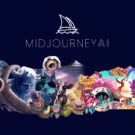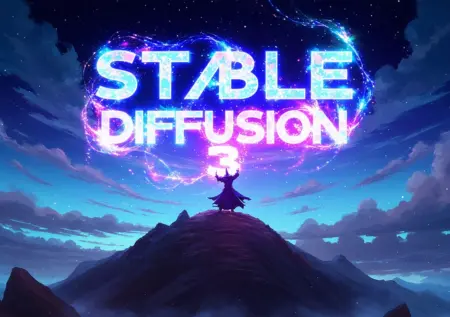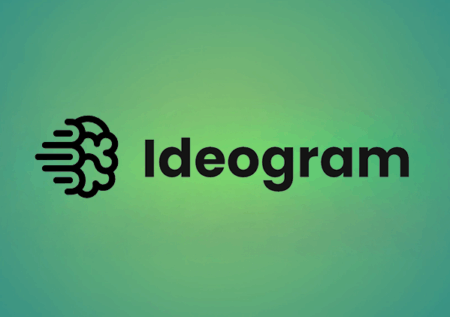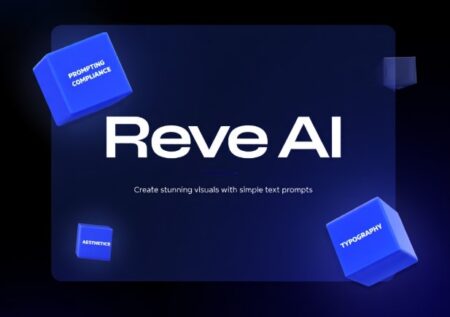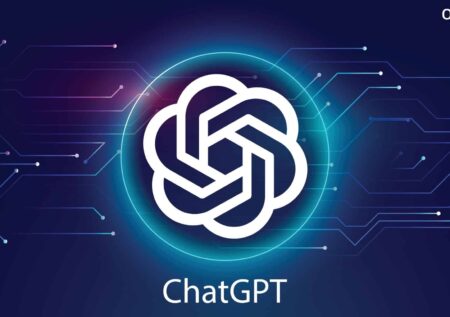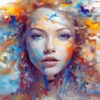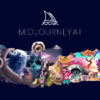Midjourney is one of the most innovative AI image generation tools, transforming simple text prompts into stunning visuals.
Artificial intelligence is reshaping the way we interact with art, design, and creativity. Among the most revolutionary tools in the AI image generation landscape is Midjourney, a platform that has gained immense popularity for its ability to generate breathtaking visuals from simple text prompts.
While competitors like DALL·E and Stable Diffusion have carved their niches, Midjourney has emerged as a favorite among artists, designers, and creative professionals. In this review, we will explore Midjourney’s capabilities, usability, pricing, strengths, limitations, and how it fits into the larger creative ecosystem.
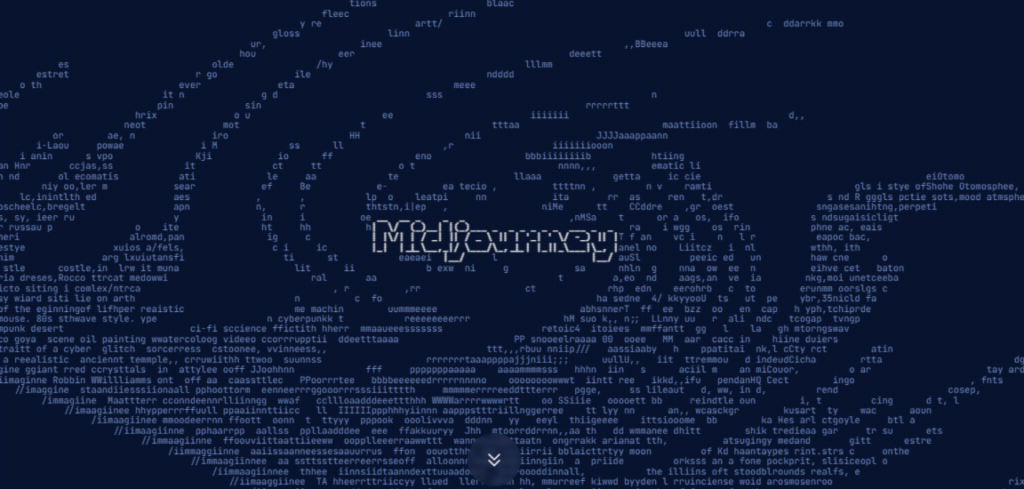
What is Midjourney?
Midjourney is an independent AI research lab that focuses on exploring new mediums of thought and expanding the imaginative powers of humans through machine learning. The core product of the lab is the Midjourney image generation model, which transforms written descriptions (“prompts”) into detailed, high-quality digital art. It works primarily through Discord, where users type prompts and receive image generations in response.
The platform stands out for its distinctive art style, creative flexibility, and the sheer visual richness of the results. Unlike some AI art generators that aim for photorealism, Midjourney leans toward the imaginative, surreal, and painterly side of visual creation. It gives users a sense of collaboration with AI, producing outcomes that often surprise and inspire.
Getting Started with Midjourney
Midjourney is accessible exclusively through Discord, which is both a strength and a weakness. To begin, users need to:
- Join the official Midjourney Discord server.
- Subscribe to a plan on the Midjourney website.
- Use dedicated Discord channels to type commands like
/imagine [prompt].

The bot then generates four image variations for the prompt, allowing users to upscale or create additional variations of specific images. This workflow makes Midjourney interactive, almost like a conversation with the AI.
The Discord-based approach may seem unconventional, but it creates a unique sense of community. Users can see what others are creating in real time, learn prompt engineering techniques, and draw inspiration from diverse creative outputs.
How We Tested the Product
To evaluate Midjourney, we tested it across multiple creative scenarios. We explored different use cases like photorealistic portraits, abstract art, cinematic landscapes, and product mockups. Each prompt was tested with variations and upscaling to see how the AI handled detail and coherence.
We compared Midjourney’s results with competitor platforms (like DALL·E 3 and Stable Diffusion) to assess strengths in creativity, realism, and usability.
The testing process also included experimenting with parameters, styles, and aspect ratios to gauge flexibility. This hands-on approach allowed us to understand Midjourney’s capabilities and limitations from both casual and professional perspectives.
Midjourney Pros and Cons
- Stunning, artistic results
- Frequent updates
- Strong creative community
- Customizable with parameters
- High-quality professional outputs
- Dependent on Discord
- Prompt learning curve
- Limited photorealism
How Does Midjourney Work?
Midjourney functions as a text-to-image AI generator that interprets prompts and translates them into visuals. It operates through a Discord bot, where users enter the /imagine command followed by descriptive text.
Behind the scenes, Midjourney’s neural networks analyze the language, match it with learned artistic patterns, and generate four unique image variations.
Users can then choose to upscale an image for more detail or create variations for refinement. The process feels interactive—almost like collaborating with a digital artist who blends instructions with creative interpretation.
Features and Functionality
Midjourney has evolved rapidly since its inception, introducing several versions and new features. Here are some highlights:
1. Prompt-to-Image Generation
The core functionality is text-to-image generation. Users describe what they want to see, and Midjourney interprets it artistically. For example, typing “a futuristic cityscape at sunset in the style of Studio Ghibli” produces stunningly imaginative visuals that often exceed expectations.
2. Artistic Styles and Versatility
Midjourney excels at blending different styles, from photorealism to abstract art. It can mimic famous artists, replicate cinematic aesthetics, or create entirely original concepts. Its versatility makes it a favorite tool for:
- Concept artists
- Graphic designers
- Writers looking for book cover art
- Marketing teams needing quick visual drafts
3. Customization and Controls
Users can fine-tune results through parameters like:
- Aspect ratios (e.g.,
--ar 16:9) - Stylization levels (
--stylize) to control artistic interpretation - Quality settings (
--q) to balance detail and speed - Seeds for reproducibility
These controls allow for both experimental creativity and precise direction.
4. Upscaling and Variations
Once images are generated, users can choose to upscale (increase resolution and detail) or create variations of a chosen image. The iterative nature of this process feels similar to brainstorming with a visual collaborator.
5. Latest Model Versions
Midjourney frequently releases model updates (V5, V5.1, V5.2, and beyond). Each version refines style interpretation, realism, and coherence, giving users more powerful tools as the platform evolves.
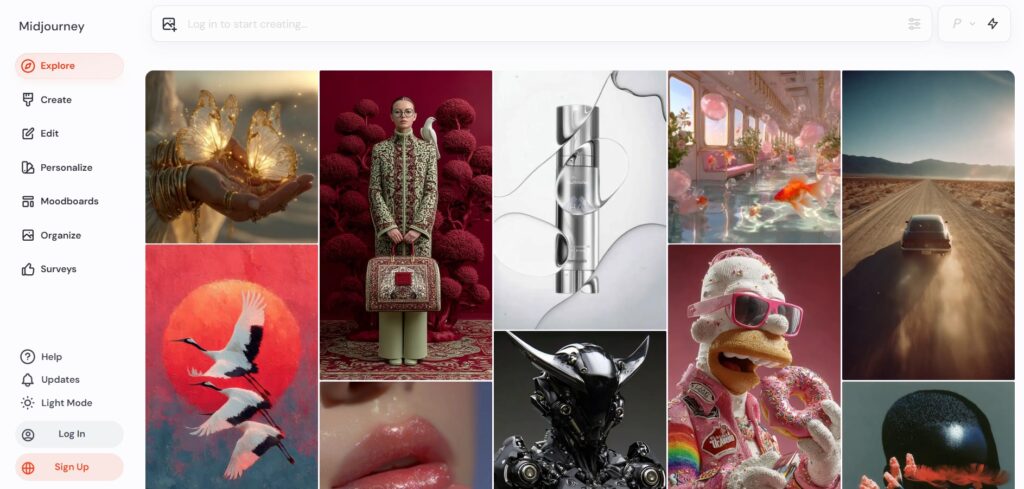
Midjourney Special Commands and Parameters
Midjourney offers several special commands and parameters to control image generation. These include:
- Aspect Ratio:
--ar 16:9(sets width-to-height ratio) - Quality:
--q 2(higher quality but slower processing) - Stylization:
--stylize 1000(controls how artistic vs. literal the output is) - Seed:
--seed 1234(ensures reproducibility of results) - Chaos:
--chaos 50(introduces randomness and unpredictability) - No:
--no text(excludes unwanted elements from images)
Common commands:
/imagine [prompt]→ generates images/blend→ merges multiple images into one concept/describe→ creates a text prompt from an uploaded image
These tools allow for precise creative direction or wild experimentation depending on the user’s intent.
The User Experience
The Midjourney experience is distinct due to its Discord integration. While it offers community benefits, some users may find it chaotic or intimidating at first. Channels fill quickly with image requests from hundreds of people, and keeping track of one’s own generations can be challenging.
Fortunately, Midjourney offers the /private mode (Stealth Mode) in higher subscription tiers, allowing users to work without sharing their creations publicly. Additionally, the Midjourney website provides a gallery where users can browse, manage, and download their images more conveniently.
The learning curve mainly involves prompt engineering: figuring out how to phrase descriptions for desired results. This trial-and-error process can feel frustrating initially, but it’s also a rewarding skill that opens up endless creative opportunities.
Midjourney Pricing
| Plan | Price (per month) | Features |
| Basic Plan | $10 | Limited generation hours |
| Standard Plan | $30 | More hours + Relax mode (unlimited slower generations) |
| Pro Plan | $60 | Max hours, Stealth Mode, priority access |
How to Write Creative Midjourney Prompts
Crafting effective prompts is key to unlocking Midjourney’s potential. Here are some tips:
- Be Descriptive: Instead of “a castle,” try “a medieval stone castle on a mountain peak, shrouded in mist at sunrise.”
- Add Artistic Style: Include references like “in the style of Van Gogh” or “cinematic lighting.”
- Use Adjectives: Words like dramatic, ethereal, futuristic, detailed enhance the imagery.
- Specify Medium: Define the look as “oil painting,” “digital art,” or “photorealistic.”
- Experiment with Parameters: Adjust aspect ratios, stylization, or seeds for unique results.
- Combine Concepts: Mix unrelated ideas like “cyberpunk samurai” or “surreal underwater cathedral.”
The more detailed and imaginative the prompt, the richer the outcome. Experimentation is key, and sometimes unexpected results lead to the most creative breakthroughs.
The Future of Midjourney
As AI art evolves, Midjourney is likely to expand beyond Discord, offering standalone apps or integrations with creative software. Features like video generation, 3D modeling, or deeper customization may also be on the horizon. With its active community and rapid iteration, Midjourney seems poised to remain a major player in the AI creative space.
Final Verdict
Midjourney is more than just an AI art generator; it’s a collaborative creative partner. It empowers users to explore imagination without boundaries, producing visuals that feel both human-inspired and machine-enhanced. While it has its quirks—like reliance on Discord and a steep learning curve—the results speak for themselves.
For artists, designers, and creative professionals, Midjourney is a game-changer. Even casual users will find joy in experimenting with prompts and witnessing their words transform into vibrant imagery.
